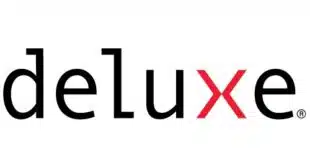Building on its strategy of expanding beyond peer-to-peer payments, Zelle, the P2P network operated by Early Warning Services LLC, processed $127 billion on 466 million transactions during the third quarter of 2021. Overall, the dollar value of payments sent during the quarter increased 51% from the same period a year ago and payment transactions increased by 44%.
Key drivers behind Zelle’s growth are money sent to, and received by, small businesses, and disbursements, such as insurance-claim payouts. Small businesses received more than $11 billion in payments, and sent $17 billion in payments, through Zelle during the quarter. Payments to small businesses include rent, auto, and personal-care payments. Payments sent by small businesses through Zelle include operating expenses such as payroll and bill payment.
“Small businesses are rebounding and see value in Zelle because Zelle represents good authenticated funds that can be received (and sent) in minutes,” says Laura Menken, vice president and business line leader for Zelle.

Disbursements during the quarter were up 28% year-over-year and totaled $500 million in value, with the average disbursement ringing in at $1,138. More than 500 organizations, companies, and government entities used Zelle to send disbursements during the quarter.
One of the top use cases for disbursements was the payment of insurance claims. Other frequent use cases include refunds to college students, payroll for gig-economy workers, and settlement payouts for class-action lawsuits. In September, one class-action settlement generated 104,000 payments through the network, for example.
One advantage of using Zelle for disbursements and small-business payments is that users don’t have to enter or store bank account data to initiate a payment through the network, according to Menken.
“The use cases for Zelle are expanding as people become more comfortable using a brand they know and trust,” Menken adds.
Zelle currently has more than 1,200 financial institutions live on the network and another 1,835 signed, but not yet live. “This puts us well on the way to achieving ubiquity,” Menken says. “Zelle is a way for financial institutions to expand their money-movement capabilities.”





